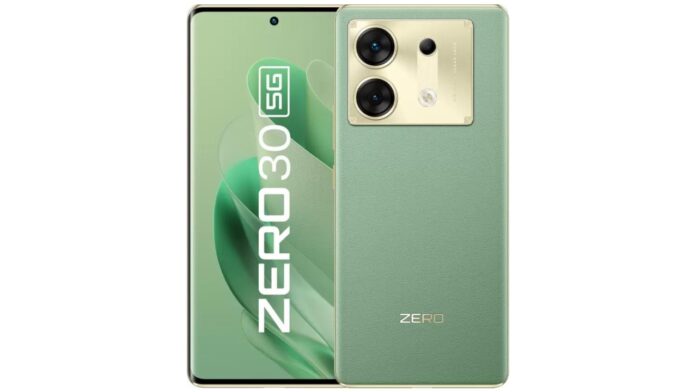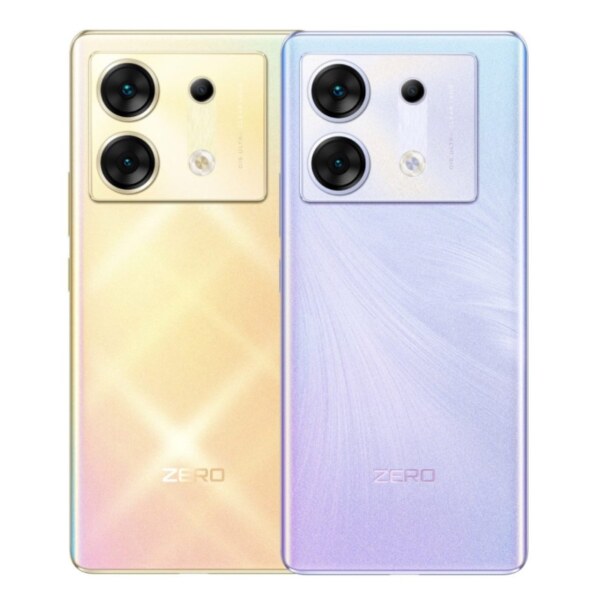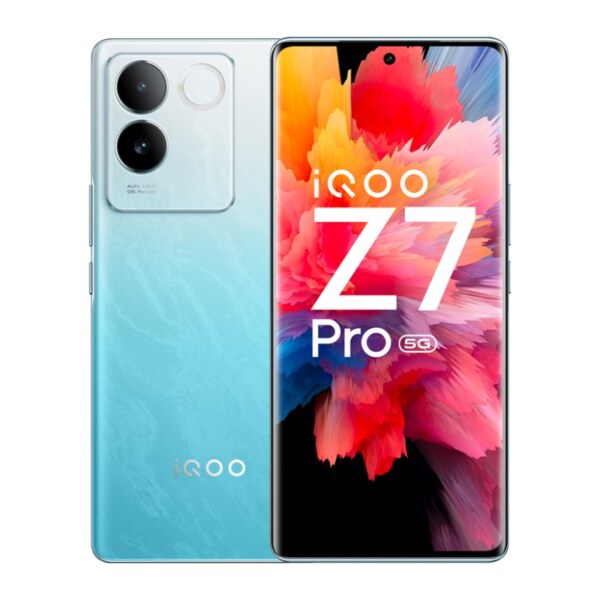Infinix has launched a new smartphone in the lower mid-range segment in India, called the Zero 30 5G that combines compelling looks with decent hardware for the price. The Zero 30 5G has a curved display and a MediaTek Dimensity chipset, all while lying in the same price bracket as the iQOO Z7 Pro. So is it better than iQOO’s device or an inferior one? Let’s find out.
Infinix Zero 30 5G: Price, Specs
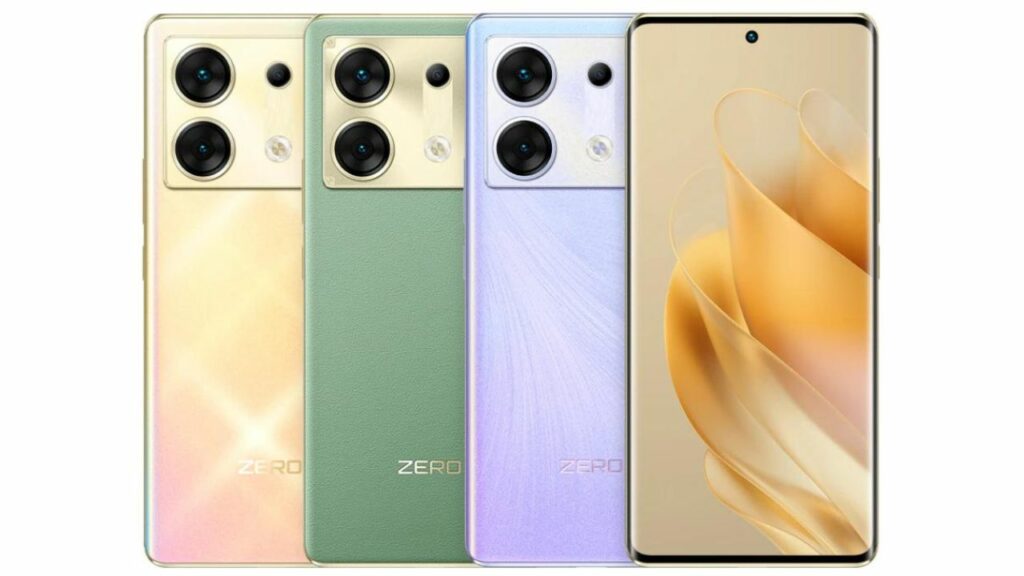
The smartphone is available in 256GB+12GB or 256GB+8GB variants, priced at Rs 24,999 and 23,999, respectively. Buyers can get an instant discount of Rs 2,000 upon purchasing Axis bank cards. The handset is offered in Golden Hour and Rome Green colour options. It is currently available for pre-orders on Flipkart while sales will begin on September 8.
The Infinix Zero 30 5G sports a 6.78-inch curved AMOLED Display with a 144Hz refresh rate, an FHD+ (1080 × 2460 pixels) resolution, 360Hz touch sampling rate, 2160 PWM Dimming, and 950 nits peak brightness. Under the hood, the device is powered by an octa-core MediaTek Dimensity 8020 processor. It sports up to 12GB of RAM and up to 256GB of UFS 3.1 internal storage. The smartphone comes pre-loaded with XOS 13.1, which is based on Android 13.
The Infinix Zero 30 5G sports a triple-rear camera setup that consists of a 108MP f/1.8 primary shooter, a 13MP f/2.2 ultra-wide angle sensor and a 2MP depth lens with an LED flash. There is a 50MP f/2.0 front shooter.
It further packs a 5000mAh battery unit and 68W charging support. The device offers an in-display fingerprint scanner. Connectivity options of the device include 5G Dual-SIM, 4G, WiFI 802.11 a/b/g/n/ac, Bluetooth v5.1, GPS, and a USB-C port for charging. It has stereo speakers and is IP53 rated also.
Infinix Zero 30 5G vs iQOO Z7 Pro: Who is the better one?
The Zero 30 5G and the iQOO Z7 Pro 5G have the same pricing for both their respective variants. However, both of them vary in terms of specifications and on the basis of these, we are going to compare the two and find out which one’s the better offering.
Both of them have a curved panel, so there’s no comparison in that, but Infinix’ panel has a slight EDGE as it gets a 144Hz refresh rate, higher than that of iQOO’s phone, which has a 120Hz refresh rate. However, the Z7 Pro panel is brighter at 1300 nits, compared to Zero 30 5G’s 950 nits. So it is up to you whether you want a smoother or brighter display.
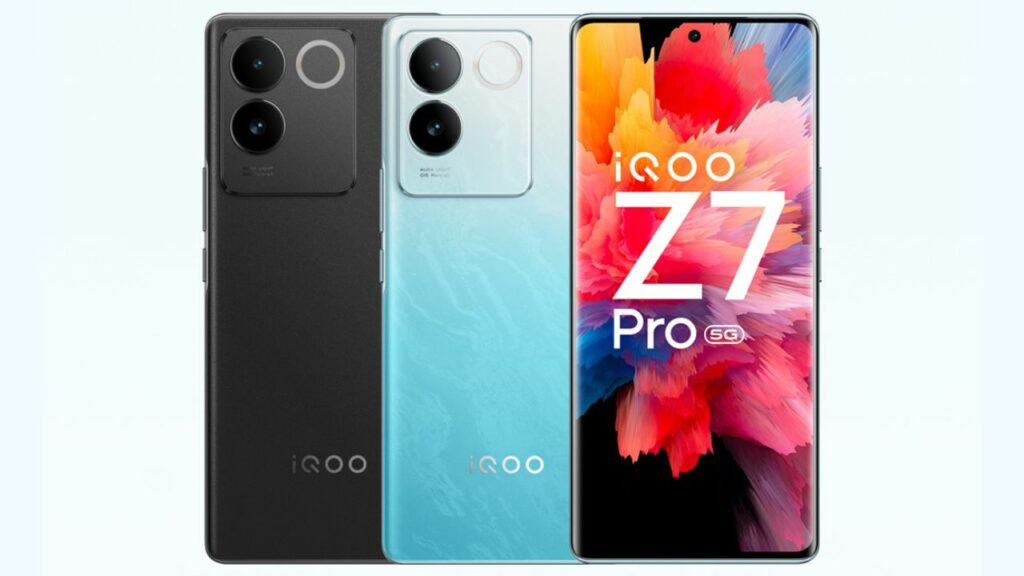
Talking about the Chipset under the hood, the iQOO Z7 Pro gets a Dimensity 7200 processor, while the Dimensity 8020 powers the Infinix Zero 30 5G. If we compare their on-paper specs, the Dimensity 8020 is marginally better than the Dimensity 7200, but real-world usage would mostly depend on how the software has been tuned. In daily usage, the Processor shouldn’t be an issue on both of the smartphones.
As for software, both of them have Android 13, and while both the skins from the brands need polish, we feel FunTouch OS is better in terms of functionality and user interface compared to Infinix’s XOS, on the basis of our experience of using both these operating systems in the past. But, the Zero 30 5G takes the lead here once again, with 12GB RAM in the top-end model, compared to 8GB on Z7 Pro.
It remains to be seen how that much RAM would translate into real-world performance as software optimisation also comes into play. Moreover, the Zero 30 5G has faster UFS 3.1 storage compared to UFS 2.2 on Z7 Pro. As we consider on-paper specs, the Zero 30 5G takes the win once again.
We won’t comment on the cameras of both the devices as we haven’t compared them in real life but the Zero 30 5G have a better primary sensor and also an ultra-wide angle sensor that is lacking on the Z7 Pro. As for battery, the Z7 Pro has a 4600mAh unit with 66W Fast charging compared to a bigger 5000mAh unit on the Zero 30 5G with slightly faster 68W charging.
All the specifications above suggest that Infinix Zero 30 5G is actually the ideal deal and is better than iQOO Z7 Pro in almost all possible ways. If specs matter to you the most, the Zero 30 5G is a no-brainer, but if it’s software experience that you want, then the iQOO Z7 Pro should be your choice, in our opinion.


